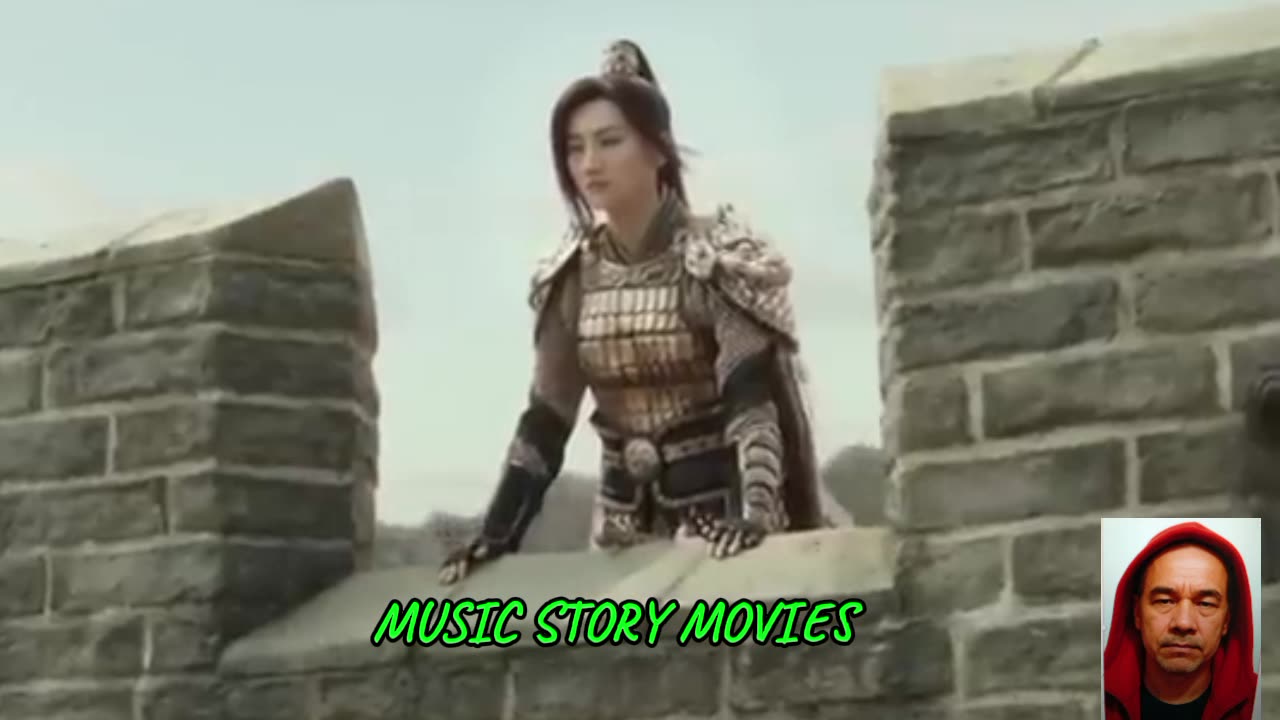Premium Only Content

The Great Wall
The Great Wall Analysis
✍️ The Collaborative Script: Screenwriting and Narrative Development (Part 15/20)
A Multi-National Writing Effort
The screenplay for The Great Wall underwent several revisions and involved a large team of writers, reflecting the complex nature of the U.S.-China co-production. The original concept came from Legendary’s CEO, Thomas Tull, and Max Brooks. The final credited screenplay was written by Carlo Bernard, Doug Miro, and Tony Gilroy, based on a story by Brooks, Tull, and others.
Narrative Challenges
The main challenge for the writing team was to craft a narrative that was simultaneously:
A Credible Historical Fantasy: Establishing the centuries-old, secret conflict between the Nameless Order and the Tao Tei.
A Global Action Film: Delivering the high-octane spectacle expected of a $150 million blockbuster.
A Character-Driven Arc: Justifying the journey of the Western mercenary, William Garin, from self-interest to selfless duty.
The final script was often criticized for prioritizing spectacle over substance. The dialogue tends to be functional, driving the plot forward rapidly to the next action sequence, rather than allowing deep exploration of the characters or the rich historical/mythological backdrop. The necessity to simplify the complex themes for a global audience resulted in a clean, but arguably thin, adventure story.
🌍 Themes of Trust and Redemption (Part 16/20)
Garin's Redemption Arc
Central to the film’s theme is redemption. William Garin begins as a cynical mercenary, motivated solely by greed (the search for Black Powder) and survival. His character arc is entirely defined by his encounter with the unwavering ethics of The Nameless Order, particularly Commander Lin Mae.
Garin’s gradual shift in loyalty—from planning an escape to actively participating in the defense of the Wall, and finally sacrificing his freedom to ensure the success of the mission—is the narrative engine that attempts to overcome the "White Savior" criticisms. His redemption suggests that even the most self-serving individual can find purpose when confronted with a greater, noble cause.
The Theme of Trust
The relationship between Garin and Lin Mae also highlights the theme of trust. Initially, the Chinese army views Garin and Tovar as opportunistic thieves. It is Garin's repeated acts of bravery, his display of superior fighting skills for the common good, and his willingness to risk his life that eventually earns him the trust of Lin Mae and Strategist Wang. This theme serves as a metaphor for the necessary trust and cooperation between the East and West to overcome global challenges—a clear message intended for the co-production model itself.
💥 The Final Battle: The Fall of the Queen (Part 17/20)
The Strategic Shift
As the Tao Tei attacks become more numerous and sophisticated, The Nameless Order realizes that a simple defensive strategy on the Wall will fail. They must take the fight to the enemy's heart: the Tao Tei Queen, located in a mountain stronghold near the capital, Bianliang (Kaifeng).
This shift moves the film from a purely defensive siege epic to a high-stakes infiltration mission. The final phase of the battle is launched when a fragment of the Tao Tei horde manages to breach the Wall and race toward the capital, leading Garin, Lin Mae, and a small specialized team to pursue them.
The Target: The Queen
The climax takes place in the capital, where the Queen directs her hive. The plan, developed by Strategist Wang, involves delivering an explosive payload (containing the sought-after Black Powder) directly into the Queen's mouth. The success hinges on the combined agility of Lin Mae’s troops and the precision of Garin’s archery skills. The sequence is a visually chaotic and intense mix of close-quarters combat and acrobatic maneuvers, culminating in the team’s succ
-
 59:49
59:49
The Quartering
5 hours agoMTG MELTDOWN On X, Hasan Piker Runs From Ben Shapiro & AI Nightmare!
112K47 -
 1:16:24
1:16:24
DeVory Darkins
6 hours agoDISTURBING: Eric Swalwell left DUMBFOUNDED after he gets confronted about trans athletes
95.6K58 -
 2:06:36
2:06:36
Side Scrollers Podcast
7 hours agoThis is the Dumbest Story We’ve Ever Covered… | Side Scrollers
51.2K10 -
 1:13:26
1:13:26
Steven Crowder
9 hours ago🔴 Jay Dyer on Hollywood, The Occult, and the Attack on the American Soul
276K208 -
 1:26:28
1:26:28
Sean Unpaved
7 hours agoNFL Thanksgiving Games Are Going To Be ELECTRIC! | UNPAVED
38.7K5 -
 29:07
29:07
The Rubin Report
9 hours agoAre Megyn Kelly & Erika Kirk Right About Our Political Divisions?
79.8K59 -
 27:09
27:09
VINCE
10 hours agoSaving America's Schools with Norton Rainey | Episode 177 - 11/26/25 VINCE
192K99 -
 2:03:57
2:03:57
Benny Johnson
9 hours agoFBI Director Kash Patel Makes January 6th Pipe Bomber Announcement: Massive Breakthrough, Stay Tuned
144K125 -
 1:06:17
1:06:17
Graham Allen
10 hours agoFAKE NEWS Is Everywhere!! Are We Living In The Upside Down?!
183K495 -
 2:59:36
2:59:36
Wendy Bell Radio
14 hours agoFeeding Their Greed
108K95